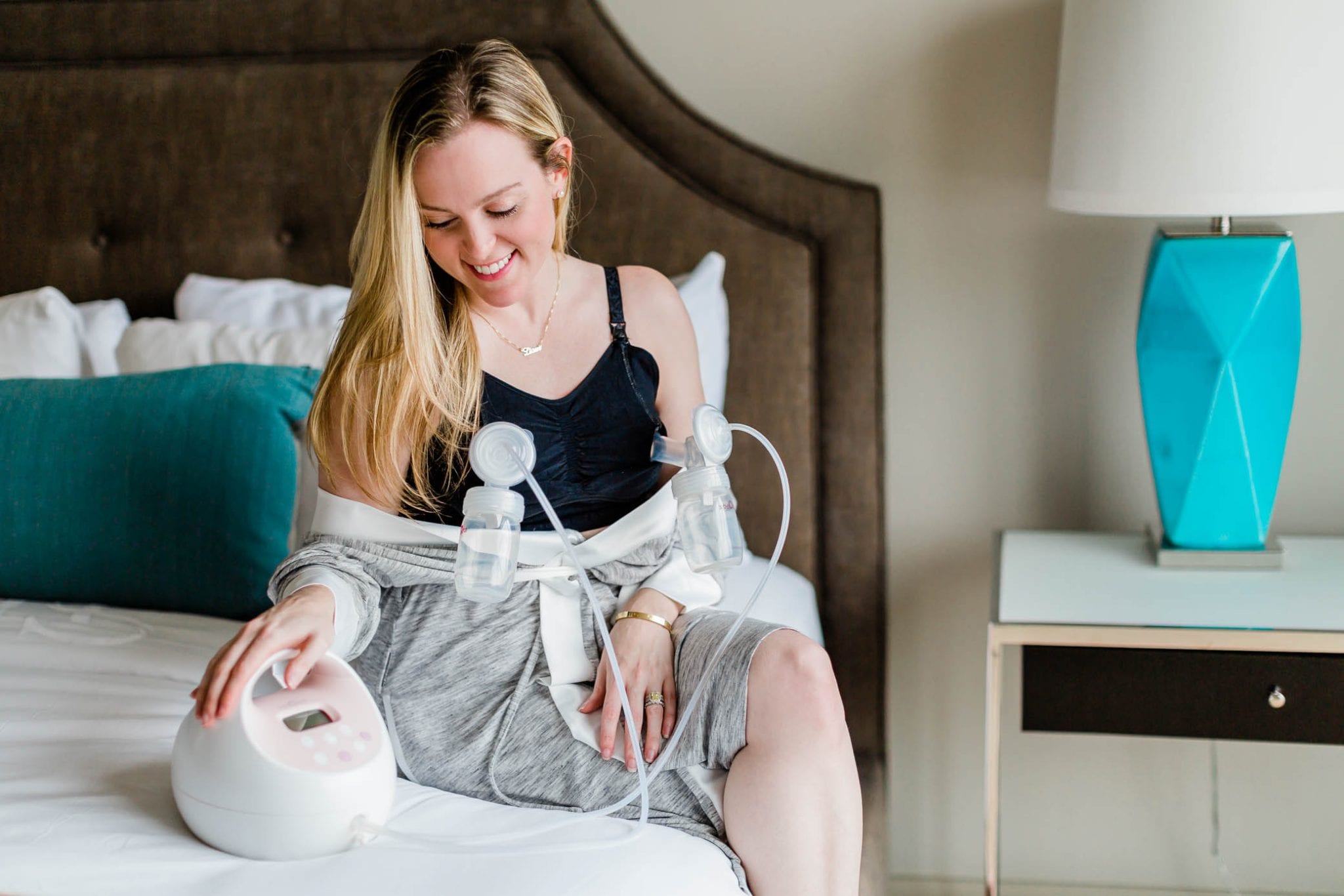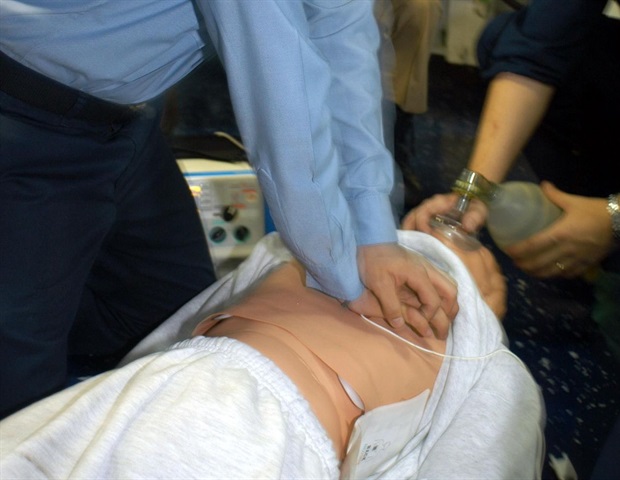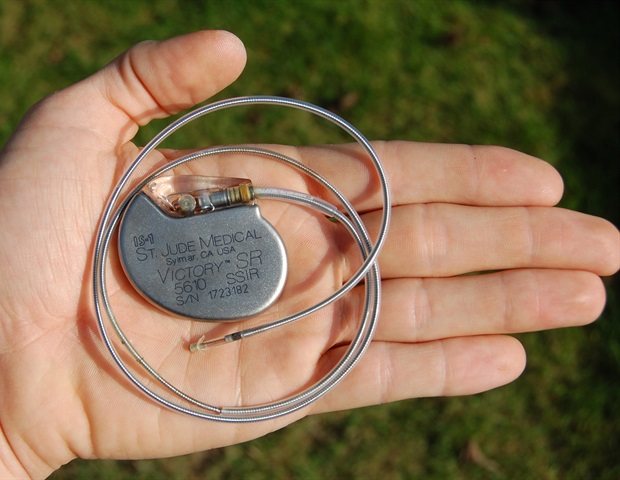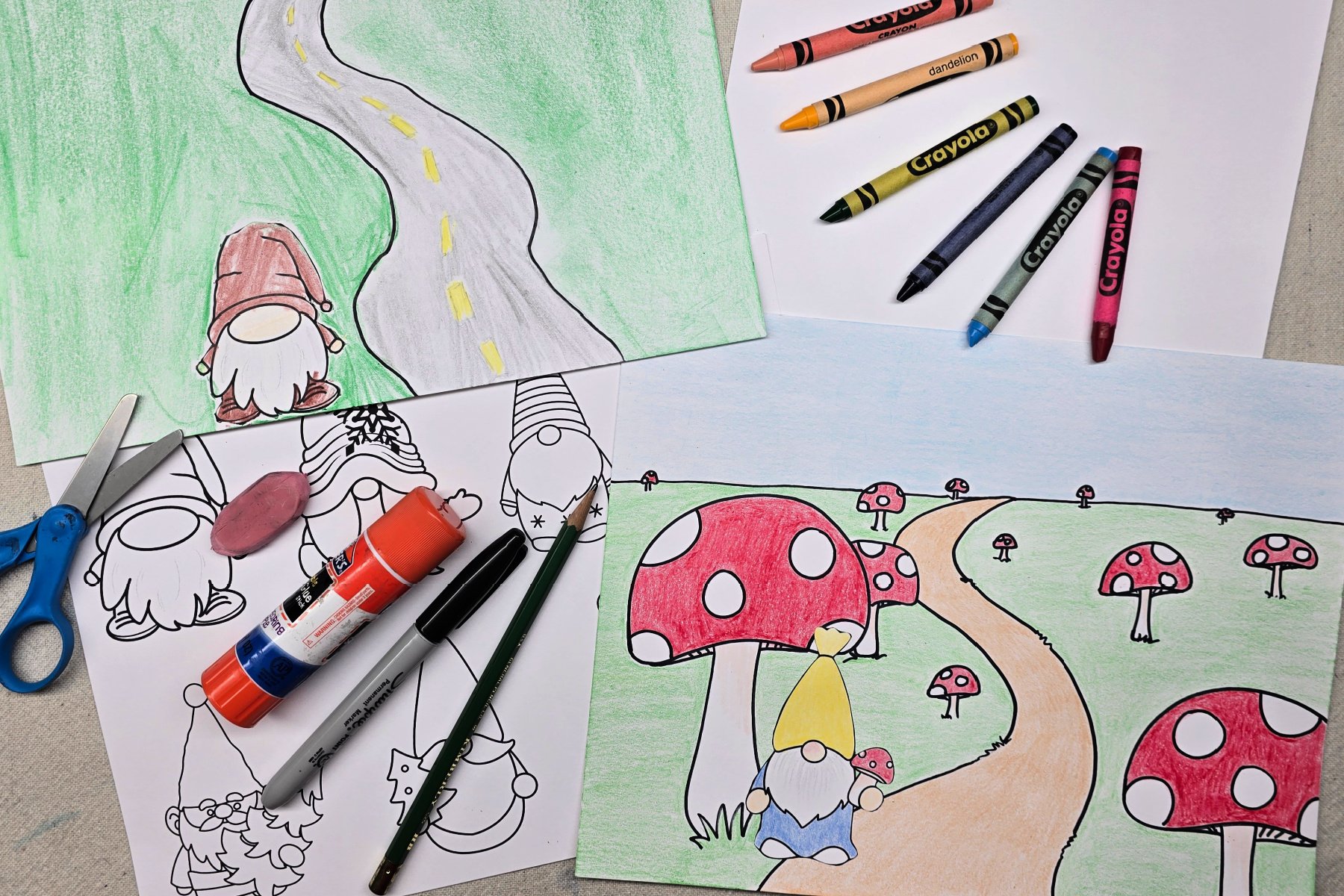
Your baby’s finally here, and you’re thrilled — but you’re also exhausted, uncomfortable, on an emotional roller coaster, and wondering whether you’ll ever fit into your jeans again. Here are a couple of things to expect post pregnancy and during the recovery process.
What to Expect Physically
After your baby arrives, you’ll notice some changes — both physical and emotional.
Physically, you might experience:
- Sore breasts: Your breasts may be painfully engorged for several days when your milk comes in and your nipples may be sore.
- Constipation: The first postpartum bowel movement may be a few days after delivery, and sensitive hemorrhoids, healing episiotomies, and sore muscles can make it painful.
- Episiotomy: If your perineum (the area of skin between the vagina and the anus) was cut by your doctor or if it was torn during the birth, the stitches may make it painful to sit or walk for a little while during healing. It also can be painful when you cough or sneeze during the healing time.
- Hemorrhoids: Although common, hemorrhoids (swollen blood vessels in the rectum or anus) are frequently unexpected.
- Hot and cold flashes: Your body’s adjustment to new hormone and blood flow levels can wreak havoc on your internal thermostat.
- Urinary or fecal incontinence: The stretching of your muscles during delivery can cause you to accidentally pass urine (pee) when you cough, laugh, or strain or may make it difficult to control your bowel movements, especially if you had a lengthy labor before a vaginal delivery.
- “After pains.” After giving birth, your uterus will continue to have contractions for a few days. These are most noticeable when your baby nurses or when you are given medication to reduce bleeding.
- Vaginal discharge (lochia): Initially heavier than your period and often containing clots, vaginal discharge gradually fades to white or yellow and then stops within several weeks.
- Weight: Your postpartum weight will probably be about 12 or 13 pounds (the weight of the baby, placenta, and amniotic fluid) below your full-term weight, before additional water weight drops off within the first week as your body regains its balance.
What to Expect Emotionally
Emotionally, you may be feeling:
- Baby blues: Many new moms have irritability, sadness, crying, or anxiety, beginning within the first several days after delivery. These baby blues are very common and may be related to physical changes (including hormonal changes, exhaustion, and unexpected birth experiences) and the emotional transition as you adjust to changing roles and your new baby. Baby blues usually go away within 1 to 2 weeks.
- Postpartum depression: More serious and longer lasting than the baby blues, this condition may cause mood swings, anxiety, guilt, and persistent sadness. PPD can be diagnosed up to a year after giving birth, and it’s more common in women with a history of depression, multiple life stressors, and a family history of depression.
Also, when it comes to intimacy, you and your partner may be on completely different pages. Your partner may be ready to pick up where you left off before baby’s arrival, whereas you may not feel comfortable enough — physically or emotionally — and might crave nothing more than a good night’s sleep. Doctors often ask women to wait a few weeks before having sex to allow them to heal.
The Healing Process
It took your body months to prepare to give birth, and it takes time to recover. If you’ve had a cesarean section (C-section), it can take even longer because surgery requires a longer healing time. If unexpected, it may have also raised emotional issues.
Pain is greatest the first few days after the surgery and should gradually subside. Your doctor will advise you on precautions to take after surgery, and give you directions for bathing and how to begin gentle exercises to speed recovery and help avoid constipation.
Things to know:
- Drink 8-10 glasses of water daily.
- Expect vaginal discharge.
- Avoid stairs and lifting until your doctor says these activities are OK.
- Don’t take a bath or go swimming until the doctor says it’s OK.
- Don’t drive until your doctor says it’s OK. Also wait until you can make sudden movements and wear a safety belt properly without discomfort.
- If the incision becomes red or swollen, call your doctor.

 PARENTING TIPS
PARENTING TIPS







 PREGNANCY
PREGNANCY








 BABY CARE
BABY CARE








 TODDLERS
TODDLERS








 TEENS
TEENS








 HEALTH CARE
HEALTH CARE







 ACTIVITIES & CRAFTS
ACTIVITIES & CRAFTS








 CONTACT
CONTACT ABOUT
ABOUT



